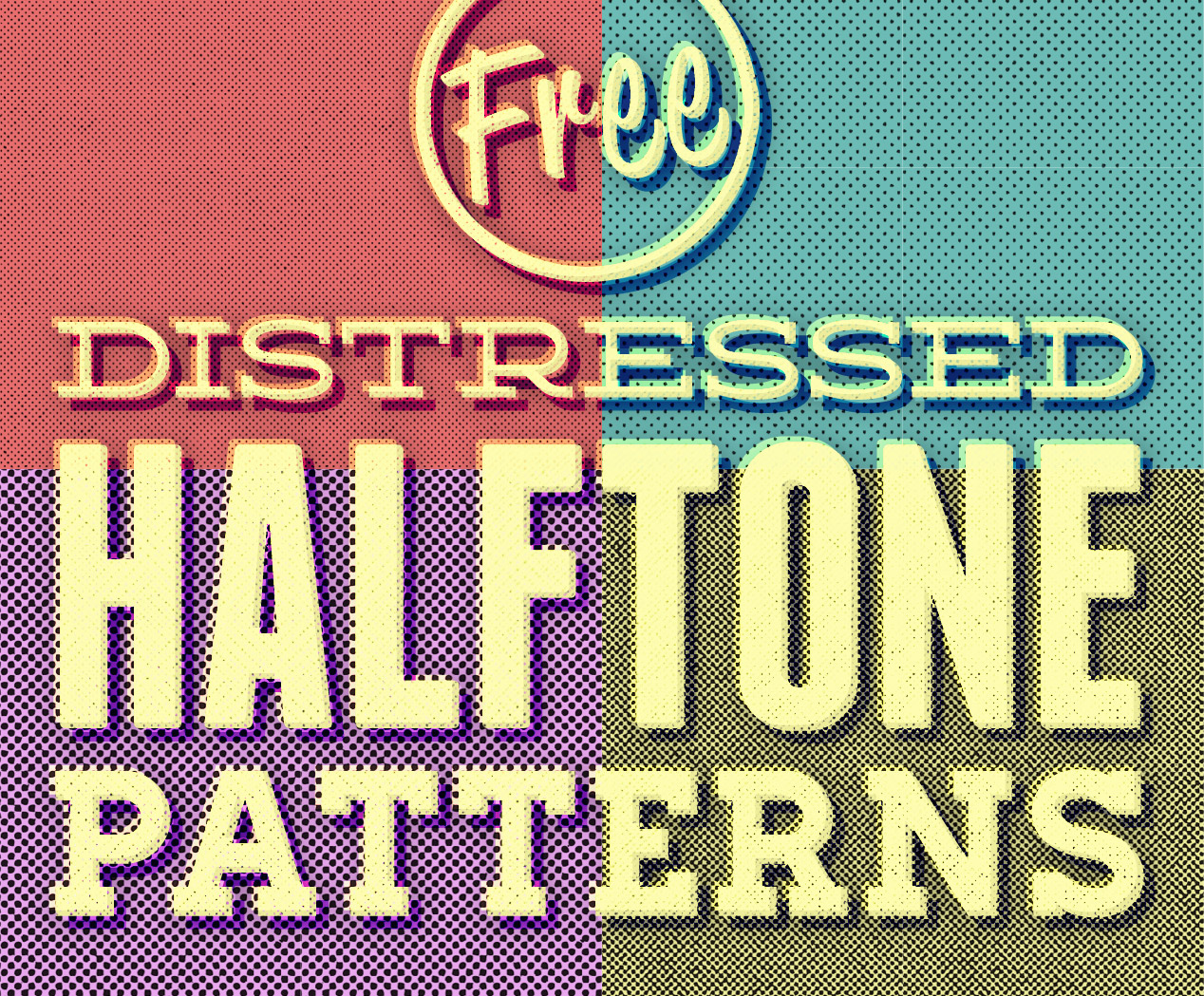Adobe After Effects Textures Pack

Adobe After Effects is an integrated graphics software developed by Adobe Systems. This software is widely used in dynamic graphics and professional effects. The main function of After Effects is to create impressive graphics movement, beautiful. This is a great tool for the graphic design industry, in advertising or gaming or television.
A CreativeCOW Adobe After Effects Tutorial Chris Zwar London, England ©2006 Chris Zwar and CreativeCOW.net. All rights reserved. Article Focus: Previously, Chris Zwar penned an article we refer to as 'Everything you wanted to know about Fractal Noise but were afraid to ask,' but in this article, Chris takes it a step further and demonstrates a real project: Creating an Old Paper texture using the Fractal Noise Effect. Introduction The After Effects 'Fractal Noise' plug-in is great for creating all sorts of textures and backgrounds. I examine the Fractal Noise plug-in with a detailed explanation of what it is and how it works.
If you haven't read the article then I suggest you do so now, as this tutorial will be assuming you are familiar with the plug-in and its different settings. While the article gives an overview of Fractal Noise and what it is, this tutorial will give you an idea of how I use the plug-in in real-life situations- specifically how I created an old-paper texture using the Fractal Noise effect. Ceramah tentang ibu yang bikin nangis. You can think of the first article as an explanation, and this tutorial as a demonstration. As well as the Fractal Noise plug-in, this tutorial also demonstrates another very important principle a good result often requires many layers. As you'll see, there isn't a magic preset within Fractal Noise that allows us to come up with a perfect result first time. Instead, we build up the effect using a range of different layers and a combination of different settings.
There's a lot of trial-and-error involved, which is an accurate reflection of the creative process. Overview, Research & Planning This tutorial is based on a real-life project that needed an old-paper background. In that case, the final project had 24 individual compositions and although I could have downloaded or purchased an old-paper texture, I'm pretty sure the viewer would've noticed if I'd used the same image for each of the 24 pages. I was confident I could create an old-paper texture using Fractal Noise in After Effects, and I knew that by altering the 'random seed' I could create as many individual pages as I needed. The first step was to look at some old-paper and work out what its characteristics were - Google searches were very useful, especially Leonardo Da Vinci's work. After analyzing a wide variety of old papers, I noted some common features and decided on the attributes to give my old-paper texture: • the basic paper would be a gently mottled yellow/ brown colour• there would be a few large, darker patches• there would be little bits, or flecks, of dark brown or even black• there would be thin thread-like lines which look like coffee rings• the paper would be darker and more saturated around the edges As we progress through the tutorial, we'll refer back to this list.
So with a plan in mind, let's begin work in After Effects. Generating the texture in After Effects I'm working in PAL D1 resolution, but this technique is scalable to any sized composition. Begin by creating a new composition- I called it Old Paper. I also set the Duration of the Composition to 1 second- this is explained later on. Looking at the list above, the first step is to create a gently mottled look. This will be the base layer of the effect, so create a new solid ensuring you click on the 'make comp size' button and call it 'Base Layer'.
The colour of the solid isn't important because the Fractal Noise plug-in will replace the layer contents. The next step is to add the Fractal Noise effect. If you've read the original article then you'll be familiar with the default cloudy image that fills the screen. The default settings generate an image which is too complex to look like paper, so play around with the Brightness and Contrast settings to make the result more subtle. You can try different Sub Scaling and Sub Influence settings too, but the defaults are pretty close. As all we're trying to do is create a gently mottled pattern, the Brightness and Contrast settings will have the greatest influence on getting the end result.